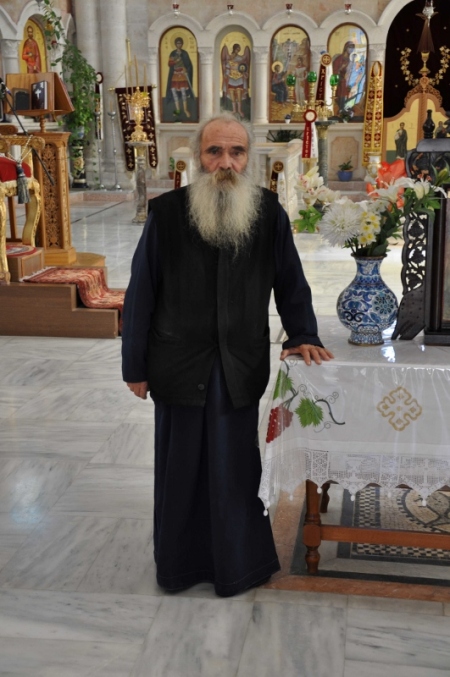Our previous three posts have featured the three cities of refuge on the western side of Jordan: Kedesh, Shechem and Hebron. There were also three on the Transjordan, making a total of six. These were to serve as sanctuary to one who was guilty of accidental manslaughter, such as when an ax head flew off the handle, etc.
I was recently reading Warren Wiersbe’s commentary on Deut. 19, pertaining to the cities of refuge and related matters. Wiersbe was tying in the OT city of refuge with the New Testament application made in Hebrews:
In the same way God, desiring even more to show to the heirs of the promise the unchangeableness of His purpose, interposed with an oath, 18 so that by two unchangeable things in which it is impossible for God to lie, we who have taken refuge would have strong encouragement to take hold of the hope set before us. 19 This hope we have as an anchor of the soul, a hope both sure and steadfast and one which enters within the veil, 20 where Jesus has entered as a forerunner for us, having become a high priest forever according to the order of Melchizedek (Heb. 6:17-20)..
Really, the comparison is one of contrasts:
1. The OT resident of a city of refuge was not guilty of murder, though he had accidentally shed man’s blood. But all those who have fled to Christ for refuge ARE guilty of sin (Rom. 3:23).
2. The accidental man-slayer had to dwell in the city of refuge until the death of the High Priest. But now there is a High Priest who never dies, “Therefore He is able also to save forever those who draw near to God through Him, since He always lives to make intercession for them” (Heb. 7:25).
Jacob’s well, referenced in John 4, is very near the ruins of ancient Shechem. It is housed inside a Greek Orthodox Church, the interior of which was completed in 2007. We were able to visit the church and the well while at Shechem last month.
A very cordial Greek Orthodox Priest was on duty during our visit there. Here is a view of the church from the outside:
Click on images for larger view.



I forward these to a friend, he asked me if a person in one of the Cities of Refuge accidentally shed another’s blood was he allowed to stay in the same city or would he have to go another City of refuge
LikeLike
Hello Richard,
Thanks for writing. The clear evidence is that the one who accidently shed blood was to run as fast as possible to the nearest city of refuge. That’s why they were spaced three on each side of Jordan. He was literally running for his life. Then when his innocence was ascertained, he would stay in that city of refuge to which he had fled. See Numbers 35:25 “The assembly is to protect the one who kills someone from the hand of the avenger of blood. Then the assembly will return him to the city of refuge he fled to, and he must live there until the death of the high priest who was anointed with the holy oil” (CSB).
LikeLike